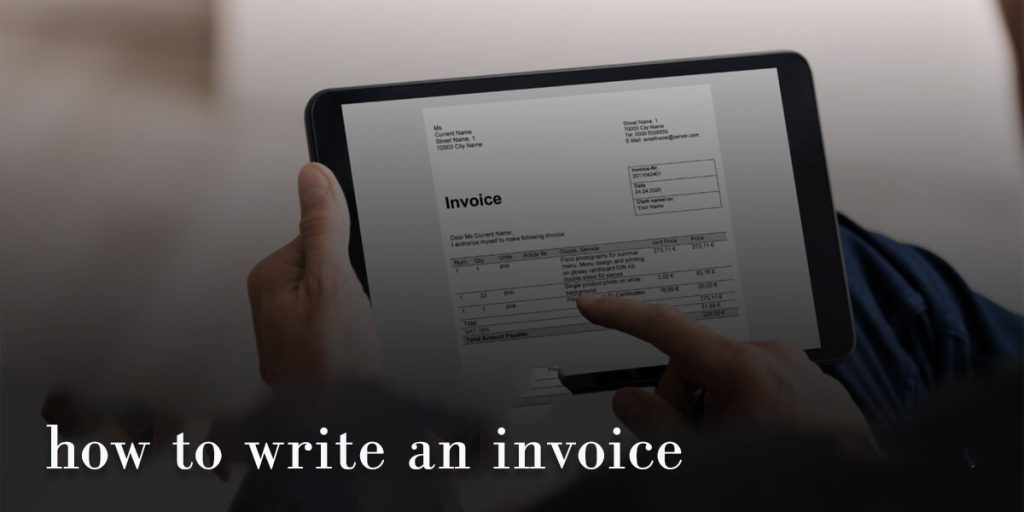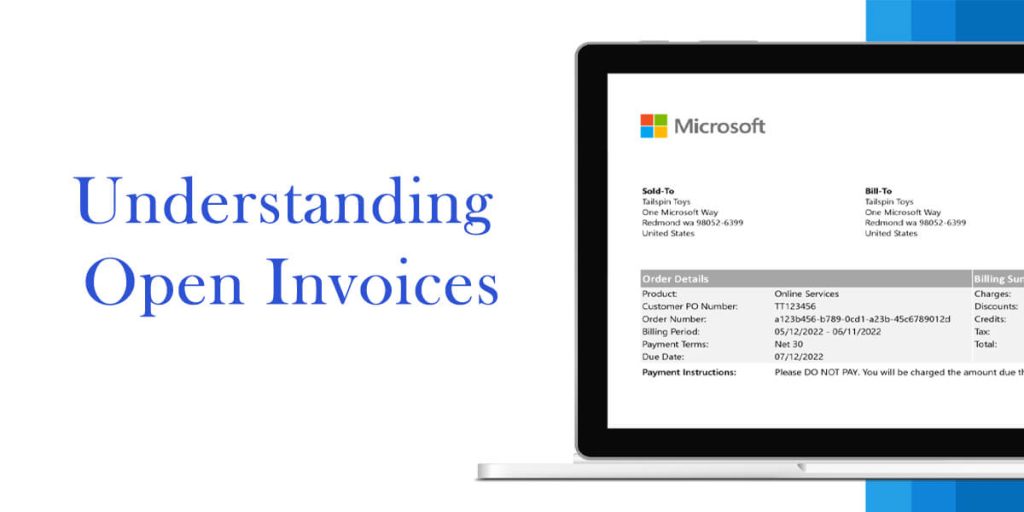As a business owner or worker, it is crucial to have knowledge about creating invoices, which will help keep your cash flow stable. In addition, make sure to stay in contact with the people in your customer network. By correctly conveying your message, you can ensure timely payment. Moreover, it depicts the degree to which your business is professional and cautious. In this guide, i will provide guidance on crafting visually appealing and easily understandable invoices.
Firstly, let’s clear out the definition of an invoice.
What is an Invoice?
A document given by sellers to buyers is called an invoice to indicate the items or services that were given and their related costs. It’s a way for the buyer to ask the seller for payment. In any business transaction, invoices hold great significance as they provide legal evidence of the item provided, regarding both the timing and value at which the item was sold. A clear record of the transaction is provided by them. In the management of their finances and ensuring quick payment, they provide assistance to both parties.
Invoices generally include important details, including the date they were issued, along with full names and addresses relating to relevant individuals or organizations involved. Also, they have a list of the goods or services that were bought, including their prices, and a list of the terms that govern payments, including due dates.
It is crucial for individuals involved in purchasing to have the ability to craft invoices. As it directly impacts cash management. By implementing methods for issuing invoices, businesses can prevent any confusion regarding payment terms. Thereby avoiding delays in receiving payments from clients.
How to Write an Invoice
Here are some outlines for writing invoice:
- First of all, it is important to write all your information in your invoice. For example. client name, address, and email, and also write your own details.
- Next, it is essential to outline the services or products and their corresponding costs.
- Make sure to include any taxes or fees that may be relevant to the transaction. It is essential that this information be easily understandable for your client so they are not caught off guard by any charges.
- Moreover, it is vital to state the payment terms on the invoice, such as the date and preferred method of payment. This will help speed up payments from clients.
- Lastly, always take the time to proofread your invoices before sending them out to avoid errors that could potentially cause delays or even risk business deals with clients.

Types of Invoices
According to this article, there are at least 15 types of invoices, but we will only discuss the three main types, which include the following:
The first one is a Standard Invoice.
Standard Invoice
A business sends a standard bill, additionally referred to as a “simple bill” or just “invoice,” to a customer. This might be the most commonplace kind of bill that begin-u.S.Make, and the style is open sufficient to in shape many sectors and fee techniques.
Now let’s move on to the next one, which is the credit invoice.
Credit Invoice
A business sends out a credit invoice, which can also be referred to as a credit memo or credit note. When it needs to give a customer a discount, return a product, or fix a mistake in an earlier invoice. On a credit account, the total number is always zero. For instance, if you’re giving a client a credit invoice to show that you’re giving them $100 back, the amount on that credit invoice would be -$100.
The third is an Open Invoice.
Open Invoice
An open invoice, also called an unpaid invoice, is a bill that a vendor sent to a client but hasn’t been paid yet.
Let’s Learn More About Open Invoice
The open payment is added to the customer’s list of old accounts due until it is paid. The seller states on the statement how long it will be until it gets paid.
Open bills are important to the accounting cycle of a business. Because they help track cash flow and keep track of which clients still owe money.
Understanding Open Invoices
In the accounting cycle of every expanding firm that manages credit-based transactions, open invoices are a fairly typical component. It might be unsettling to have an “open” or “outstanding” invoice since it represents money you have earned but have not yet received. However, in practice, it serves as documentation for your transaction. And may provide both parties with flexibility, which can facilitate more efficient commercial dealings. Technically, because they haven’t been paid yet, all bills begin as open invoices.

How Does an Open Invoice Work?
A client that owes a vendor money will often get an open invoice from the vendor’s accounts payable division. Typically, the invoice-matching procedure is initially used by the customer’s accounting department to confirm the validity and accuracy of the invoice. In addition to current charges, the open invoice may also contain historical transactions or unpaid balances.
The customer’s finance or billing department will send the invoice back to the seller for review if it contains any errors. However, if it doesn’t show any errors, the customer’s accounting department must pay it within the specified deadline.
Final Overview
Once the customer has paid the bill and the seller has received the payment, the bill is no longer open and is now closed. Both sides will record that the transaction is over (either offline or online), making it a closed invoice. The payment will show up as a debit on the customer’s account. The payment will show up as a credit in the merchant’s account.


